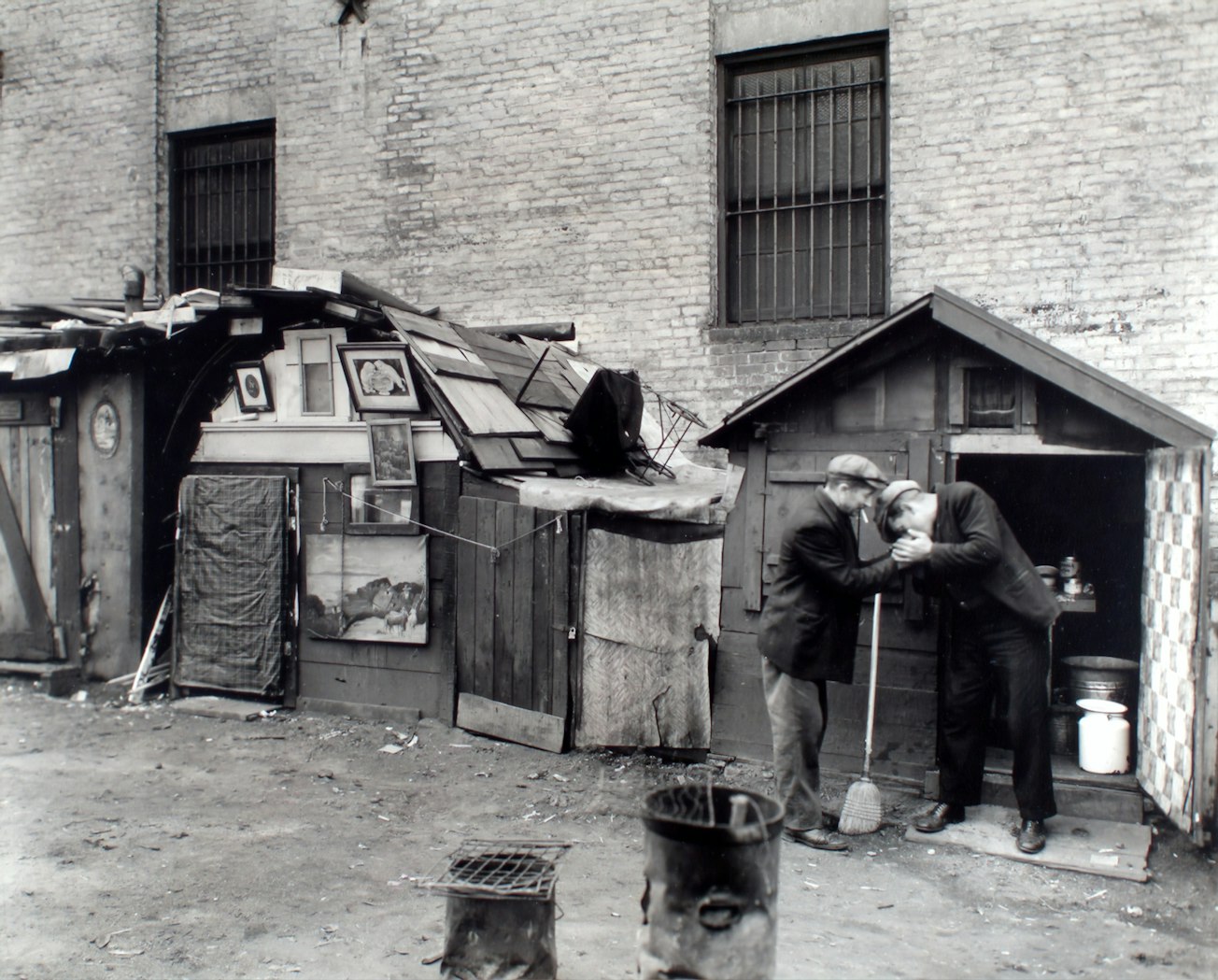What is it about?
This study discusses the role of the Roma in the formation of teneke mahalles, and the socio-historical dynamics that directed the non-Roma poor to co-inhabitation with Roma in these teneke mahalles, and outlines their socio-economic and cultural profile from various respects on the basis of the two oldest examples of this socio-spatial and perceptual phenomenon in Istanbul.
Featured Image

Photo by The New York Public Library on Unsplash
Why is it important?
The presence of this socio-spatial phenomenon has never been a secret in the local urban studies and sociology literature. However, although the Romani Mohadjir were occasionally mentioned in a few works, their role in the formation of teneke mahalles has not been an issue of investigation until very recent times. This paper investigates the role of the immigrant Romanies, who fled from former Ottoman territories in Bulgaria and Romania during and after the Russo-Turkish War of 1877−1878, the history of the earliest two teneke mahalles, and the mechanisms that directed the non-Roma poor to them, drawing upon archival sources,3 and to a lesser degree, oral records and narratives.
Perspectives
Ultimately, even if it was the Roma Mohadjirs who constructed the earliest clusters of teneke evs, they constituted a ground for the co-inhabitation of Roma and non-Roma in the context of the nineteenth century Ottoman capital; thus, they provide a very profitable area for further research that would direct this discussion in a more specific manner.
Professor Egemen Yılgür
Yeditepe Universitesi
Read the Original
This page is a summary of: Teneke mahalles in the late Ottoman capital: A socio-spatial ground for the co-inhabitation of Roma immigrants and the local poor, Romani Studies, December 2018, Liverpool University Press,
DOI: 10.3828/rs.2018.7.
You can read the full text:
Resources
Contributors
The following have contributed to this page







